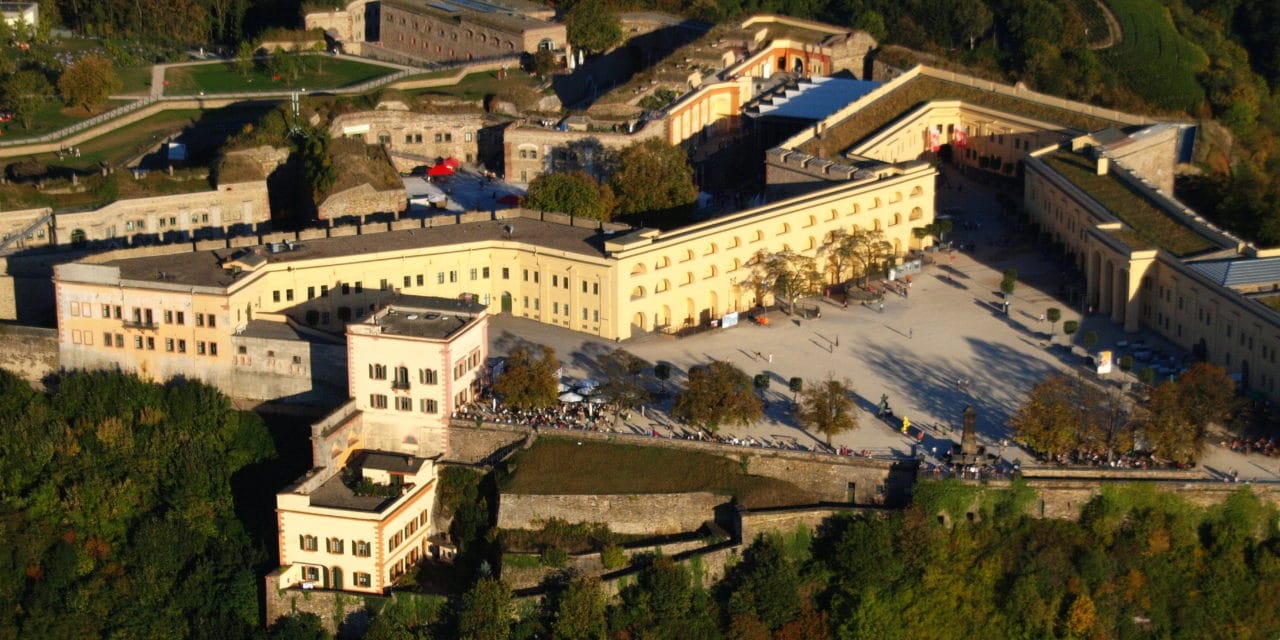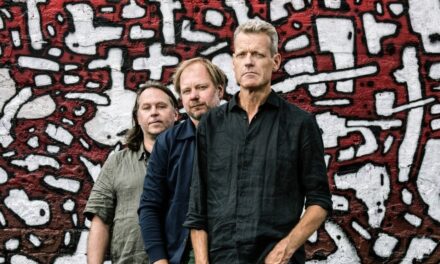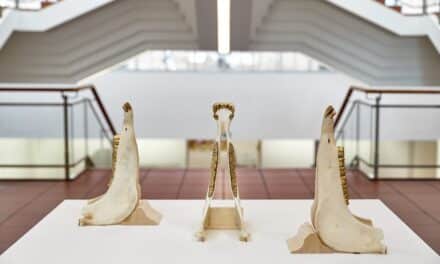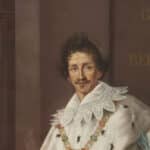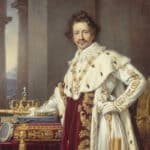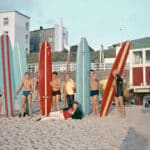118 meters above the Rhine, the fortress offers the most fantastic view of Koblenz and the confluence of the Rhine and Moselle rivers. Ehrenbreitstein Fortress, the second largest preserved fortress in Europe, was built in its current form between 1817 and 1828. Its origins date back to the year 1000. Today, the fortress is home to the Koblenz State Museum with its diverse exhibitions (e.g. on the history of technology and archaeology of the state, the history of the fortress with over 20 exciting stations, multimedia presentations and much more) as well as the Army Memorial and Koblenz Youth Hostel.
The Conradine Ehrenbert had a castle built around the year 1000, whose name "Ehrenbertstein" became "Ehrenbreitstein" over the course of time. In the 11th century, the castle became the property of Archbishop Poppo of Trier, whose successor enlarged the complex. In the 12th century, Helfenstein Castle, the seat of the later counts, was added to the castle hill. In the 15th century, under Archbishop Richard von Greiffenclau, the castle was expanded into an artillery-proof fortress.
During the Thirty Years' War, the castle changed hands frequently. French troops besieged the fortress in 1797, but were only able to force a surrender by starvation in 1799. In 1801, they had the fortress blown up. In 1815, after the Congress of Vienna transferred the Rhenish territories of Kurtrier to the Kingdom of Prussia, King Friedrich Wilhelm III ordered the expansion of Koblenz into a fortress town, creating one of the largest fortifications in Europe.
Tip: Visit the impressive "Vogel Greif" cannon, which was the largest in Europe at the time and is still a reminder of this century.
Guided tour
5,000 years of history on the Ehrenbreitstein. From Roman fortifications and knights' castles to Prussian fortifications - history comes to life on a guided tour through the presentation at "original locations".

